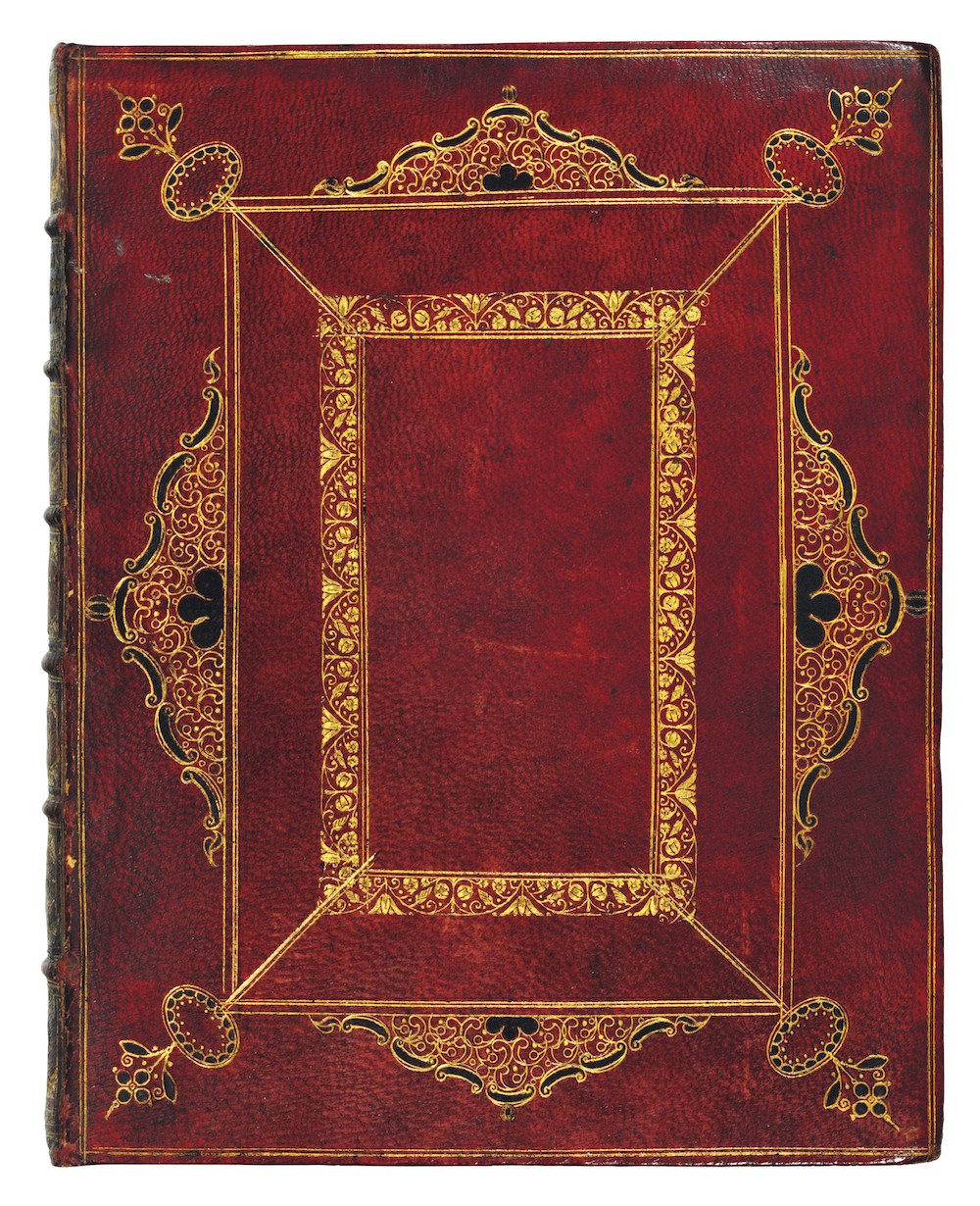Isaac Newton's Book Auctioned for Record-Setting $3.7 Million

A bound copy of Sir Isaac Newton's seminal book on mathematics and science was sold for $3.7 million, making it the most expensive printed scientific book ever sold at auction, according to Christie's, the auction house that handled the sale.
The book has a Latin title — "Philosophiae Naturalis Principia Mathematica," which translates to "Mathematical Principles of Natural Philosophy," but scholars often call it the Principia. After Newton (1642-1727) wrote the book, he gave it to the English astronomer Edmond Halley (1656-1742) for editing, and it was printed and sold in London more than 300 years ago, in 1687.
The book is a pivotal piece of science and history, and theoretical physicist Albert Einstein called it "perhaps the greatest intellectual stride that it has ever been granted to any man to make." Even so, Christie's expected the goat-skin-covered book to bring in between $1 million and $1.5 million, but the unnamed bidder bought it for nearly four times that value at $3,719,500. [Creative Genius: The World's Greatest Minds]
The Principia famously elucidates Newton's three laws of motion, explaining how objects move under the influences of external forces. Physics students today still use the laws, which include:
-An object will remain in a state of inertia unless acted upon by force.
-The relationship between acceleration and applied force is force equals mass times acceleration (F=MA).
-For every action there is an equal and opposite reaction.
Get the world’s most fascinating discoveries delivered straight to your inbox.
In the Principia's preface, Newton thanked Halley for encouraging him to write the book, saying, "Mr. Edmund Halley not only assisted me with his pains in correcting the press and taking care of the schemes, but it was his solicitations that its becoming public is owing; for when he had obtained of me my demonstrations of the figure of the celestial orbits, he continually pressed me to communicate the same to the Royal Society..." (translated by Andrew Motte).In a letter to the king in 1687, Halley wrote, "And I may be bold to say, that if ever Book was worthy the favourable acceptance of a Prince."
Halley also paid for the printing of the book; the Royal Society didn't have enough money at the time to cover the costs because it had just published another book, "De Historia Piscium" or "The History of Fishes" by John Ray and Francis Willughby. Luckily, Halley's contribution paid off: Newton's work was not seriously challenged until Einstein's theories of relativity and German theoretical physicist Max Planck's quantum theory were published in the 1900s. In fact, Newton's principles and methods are still used by scientists today.
Original article on Live Science.

Laura is the managing editor at Live Science. She also runs the archaeology section and the Life's Little Mysteries series. Her work has appeared in The New York Times, Scholastic, Popular Science and Spectrum, a site on autism research. She has won multiple awards from the Society of Professional Journalists and the Washington Newspaper Publishers Association for her reporting at a weekly newspaper near Seattle. Laura holds a bachelor's degree in English literature and psychology from Washington University in St. Louis and a master's degree in science writing from NYU.



